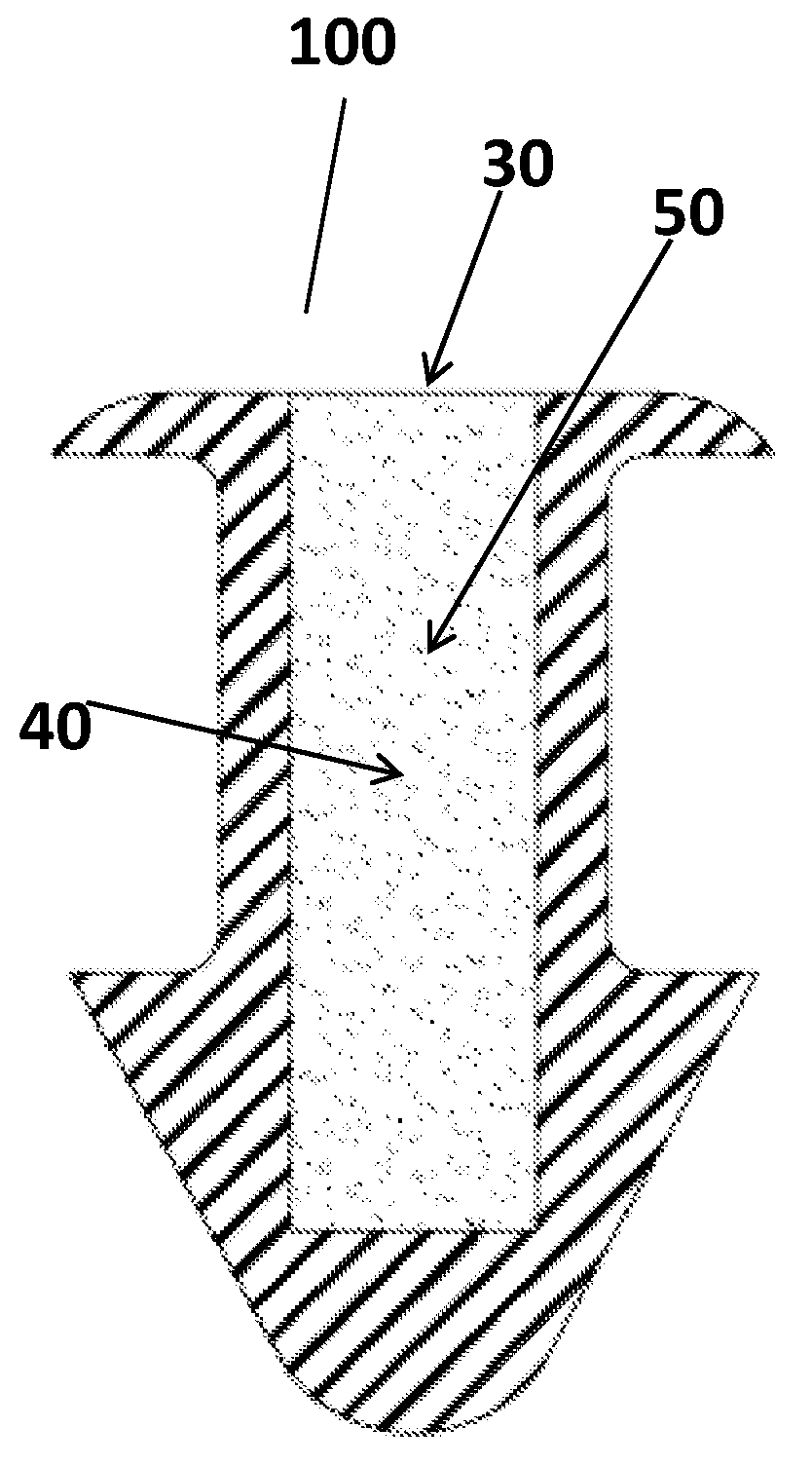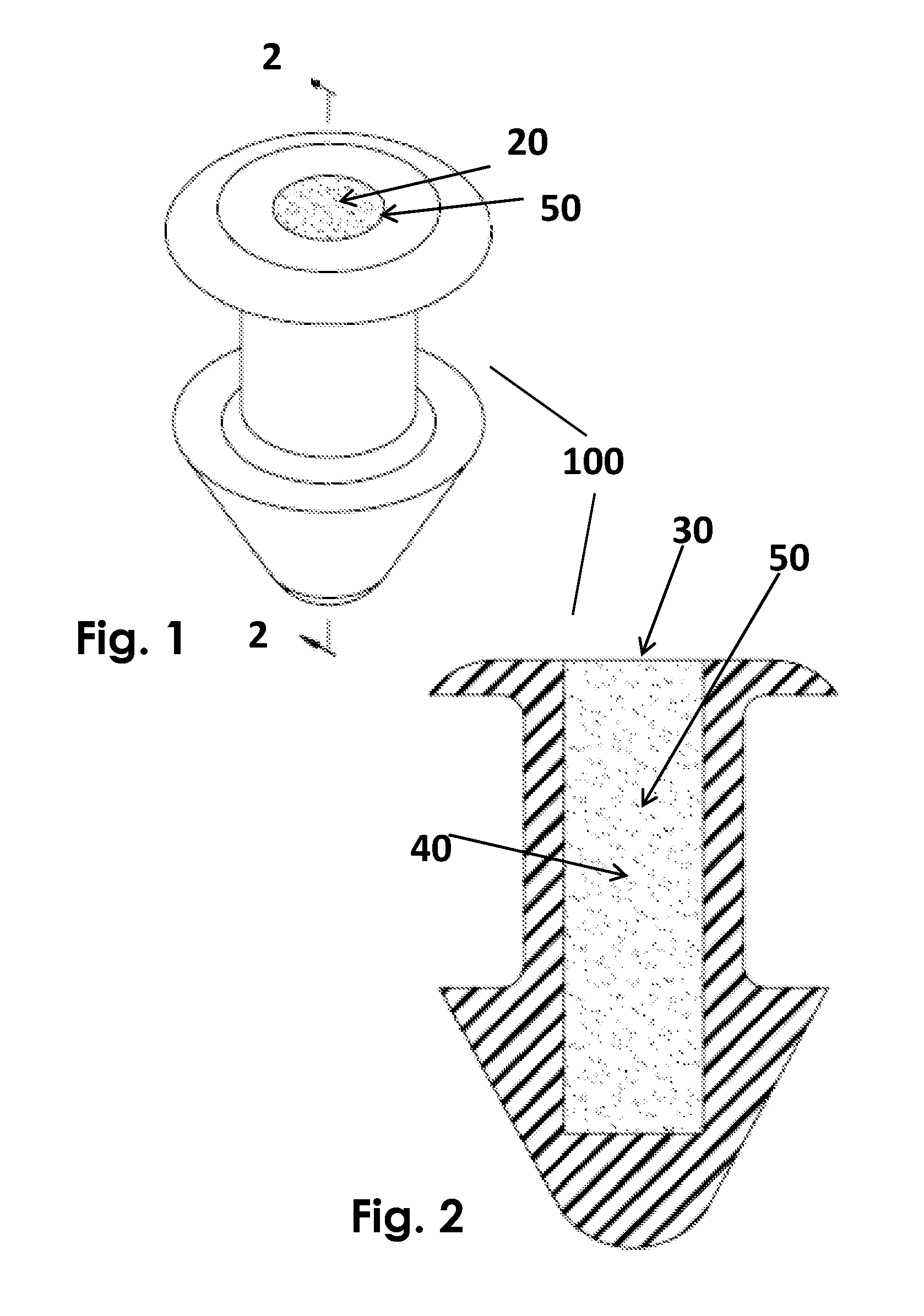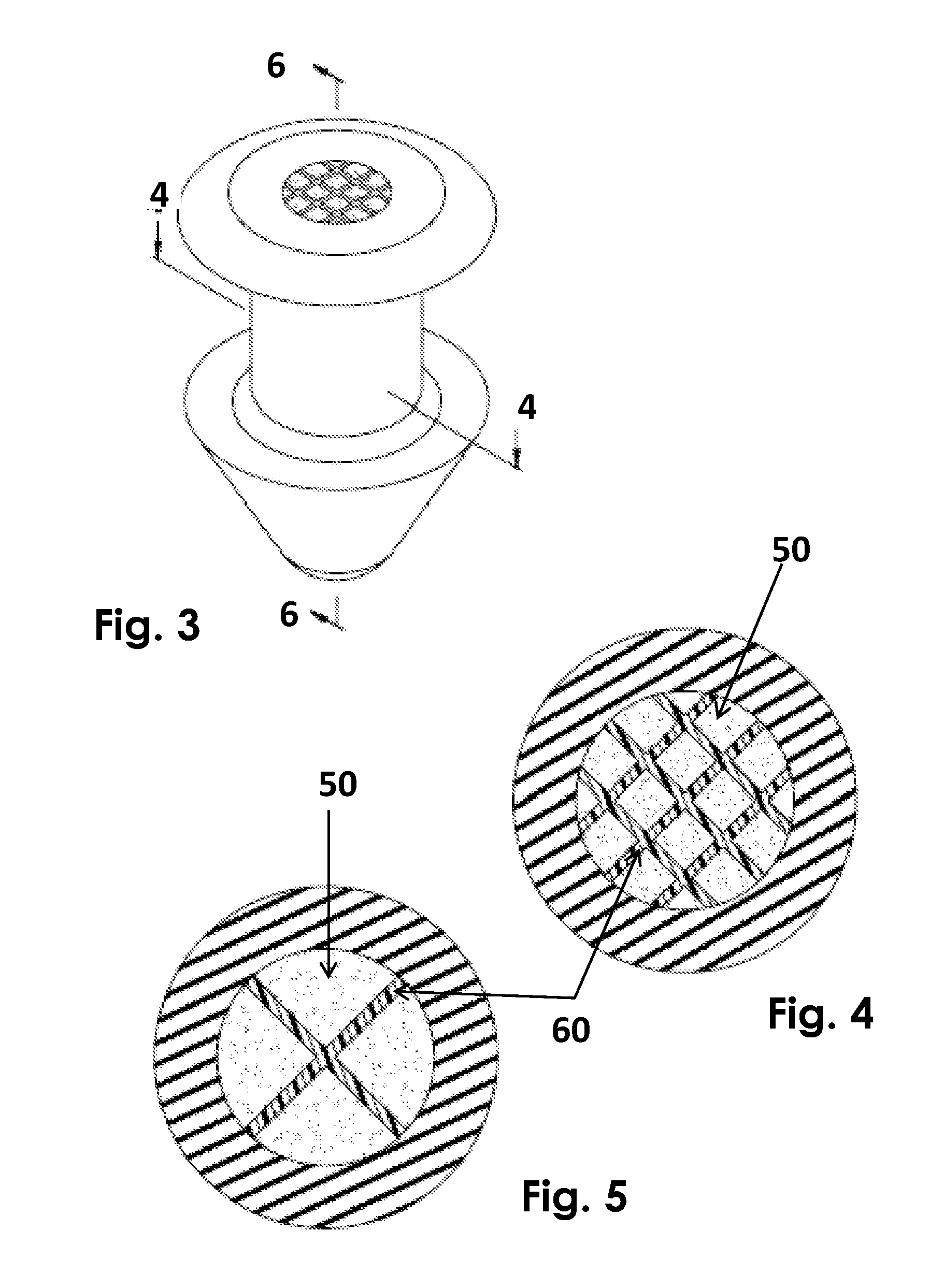Method for delivering ophthalmic drugs
a technology for ophthalmic drugs and ophthalmic surgery, which is applied in the field of delivering ophthalmic drugs, can solve the problems of substantial drop, ineffective infection risk, and inefficient delivery, and achieves the effect of reducing the risk of infection
- Summary
- Abstract
- Description
- Claims
- Application Information
AI Technical Summary
Benefits of technology
Problems solved by technology
Method used
Image
Examples
examples
[0073]Several studies have been conducted in both beagle dogs and humans that show that topically ophthalmically applying concentrated nano-doses of prostaglandins can be efficacious, and furthermore, that the dose needed for efficacy may be less than that from a standard commercially available drop, which was demonstrated by the following study results (Note: BP=bimatoprost, LP=latanoprost):
[0074]Clinical data demonstrating the potential of concentrated nanodoses to achieve efficacy is shown below in Table 1. The table shows the average change from baseline IOP data as a function of time following either ˜1 or ˜9 μg doses of bimatoprost, applied as a 20 nL volume dose. These data come from clinical studies in which ˜9 μg BP or ˜1 μg BP were dosed as 20 nL on Days 0-3. On Day 4, a single drop of Lumigan (0.03% BP, ˜30 μL was dispensed from the Lumigan dropper bottle) was administered.
[0075]These IOP (intra-ocular pressure) data were collected ˜24 hours post-dose on each day. It is i...
PUM
 Login to View More
Login to View More Abstract
Description
Claims
Application Information
 Login to View More
Login to View More - R&D
- Intellectual Property
- Life Sciences
- Materials
- Tech Scout
- Unparalleled Data Quality
- Higher Quality Content
- 60% Fewer Hallucinations
Browse by: Latest US Patents, China's latest patents, Technical Efficacy Thesaurus, Application Domain, Technology Topic, Popular Technical Reports.
© 2025 PatSnap. All rights reserved.Legal|Privacy policy|Modern Slavery Act Transparency Statement|Sitemap|About US| Contact US: help@patsnap.com



